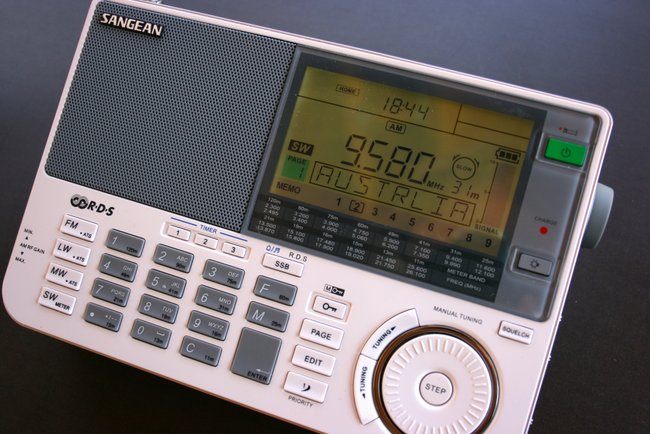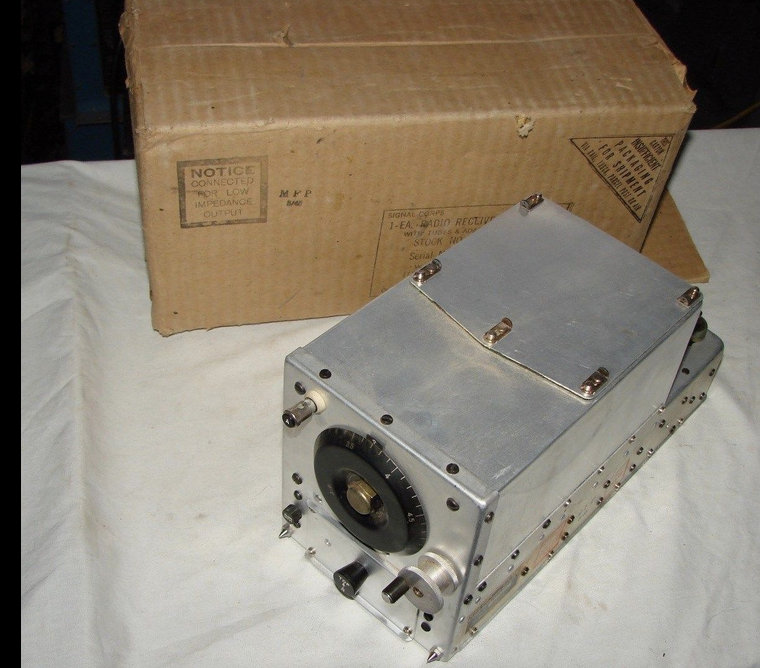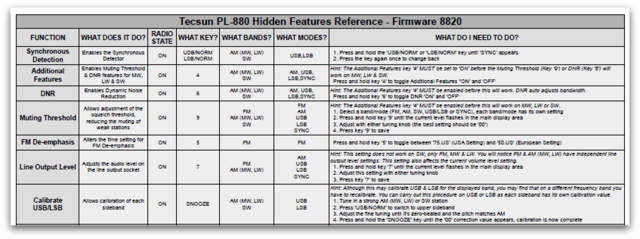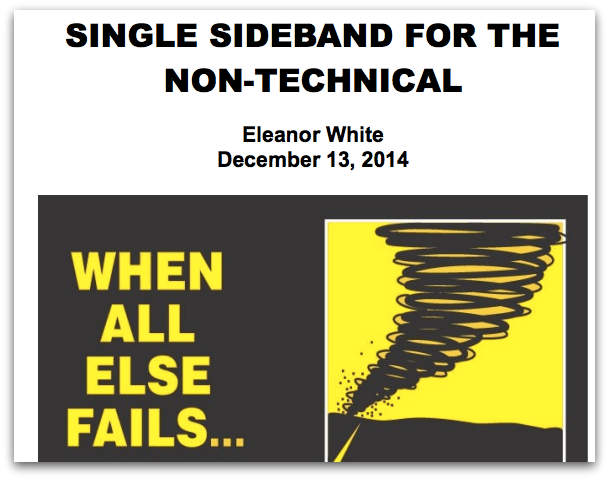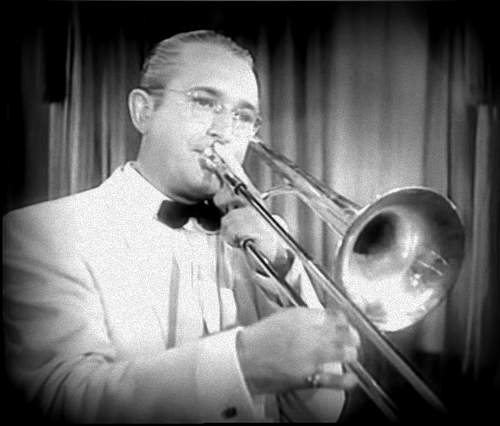 Dr. Bertalan Eged of Spectrafold Technologies recently contacted me regarding a new military grade SDR they’ve produced: the Quadrus SDR. Today is the Quadrus official release.
Dr. Bertalan Eged of Spectrafold Technologies recently contacted me regarding a new military grade SDR they’ve produced: the Quadrus SDR. Today is the Quadrus official release.
The Quadrus SDR has phase-coherent multi-channel capabilities with up to 16 channels, which means that it can be used for direction finding, diversity reception, as well as MIMO applications.
While the Quadrus line is aimed squarely at government and scientific research markets, the $1490 US Quadrus DRU-244A-1-1-PCI, a four-channel SDR, might appeal to the discerning DXer, amateur radio operator, or radio experimenter.
Below, I’ve posted the full press release from Spectrafold Technologies along with several photos and screen shots.
Since I’m not a radio engineer, I’ve asked a representative of Spectrafold to answer any questions you may have about the Quadrus SDR line and its receiver architecture.
Military-Grade Software Defined Radio Receiver Platform
Now Commercially Available for Building Better Receivers

Phase-coherent, Multi-channel Quadrus Platform Brings New Features to Commercial Market
Spectrafold Technologies today released the Quadrus software defined radio (SDR) platform for commercial use, enabling access to advance, professional-grade platform for signal intelligence, spectrum monitoring communications systems and missions. The long-standing platform has features are still unmatched by other commercially available products, and include four cutting-edge, phase-coherent antenna inputs with 16 bit, 80 MSPS; high-sensitivity, high-dynamic range Analog-to-Digital Converters (ADCs) driven by a low phase noise; and high-stability sampling clock. The input signal chain also contains a Low-Noise pre-Amplifier (LNA) and an input leveling attenuator providing the necessary sensitivity while still maintaining the proper input drive. The architecture provides the capability of using high gain antennas, and standing against the overload by the crowded radio spectrum.
“Today there is strong international community of radio enthusiasts and listeners using SDR technology, looking for platforms that implement advanced radio signal processing algorithms,” said Dr. Bertalan Eged, chief architect of the Quadrus. “Physically and logically phase-coherent multi-channel SDR platforms provide the capability to implement various algorithms and receivers such as diversity reception, interference cancelling, beam forming and correlative receivers. These applications can help to deliver better sensitivity, more stable fading free reception, longer connectivity and collecting more information on the radio signal environment.”
The platform input bandwidth is wide enough to be used up VHF/UHF bands as Direct Digital Receiver (DDR). The samples are fed into an FPGA, where a non-blocking switch matrix is used to forward them to the input of the four on-board receiver signal processors. The on-board processing is capable of forming a 16 multi-channel receiver. The platform also features a standard PCI interface for PC integration, and comes with a Windows®32 bit kernel driver and fully open API, which can be downloaded from the website along with the operating SDR software. The SDR receiver software has remote control capability for system level integration via TCP/UDP/IP links. Further details on these capabilities are available at the Spectrafold website. The system has spectrum recording capability to binary files, some example can be downloaded for evaluation purposes.
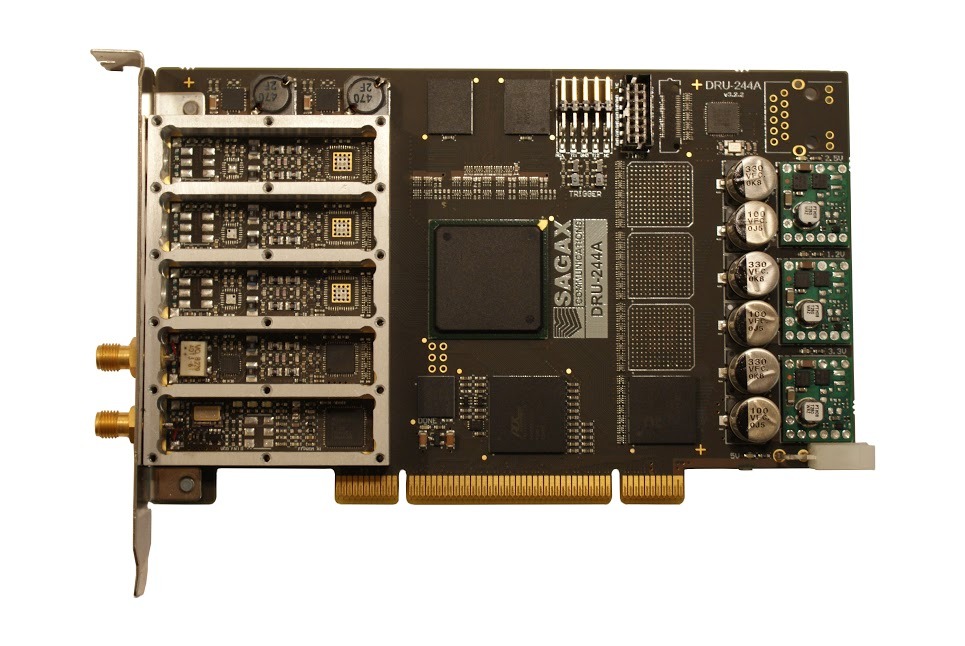
The Quadrus API is available as a Windows® DLL, and developers and system integrators may download it from the SUPPORT page on the Spectrafold website. The hardware API is meant for direct hardware access, but a higher level remote control interface API is available as well, which can be used to (i) set up the receiver channel parameters and to (ii) access the IF as a UDP/IP stream. If you prefer to not use any of these methods, it is possible to fall back to a virtual audio card connection between the SDR software and external applications, like decoders and post processors.
Additional information on the performance and usage scenarios is available in the BLOG. Users interested in experimenting with the hardware can gain access to remote access to a computer with SDR hardware digitizer and installed SDR software. Interested parties should contact the team by email: [email protected]
Hardware orders may be placed through the manufacturer’s ORDER page. Standard secure payment option is provided via PayPal. International shipment by UPS is part of the service. The hardware is manufactured in batches with limited stock. Introductory pricing starts at $1490.
###
About Spectrafold Technologies
Spectrafold is a dedicated community of professionals, who work tirelessly to invent and create affordable, cutting edge SDR solutions. Together we have decades of hands-on experience delivering working solutions to the toughest missions and environments. Our customers include academic, governmental, and military organizations, but radio enthusiasts as well.
Screen shots
Click to enlarge:
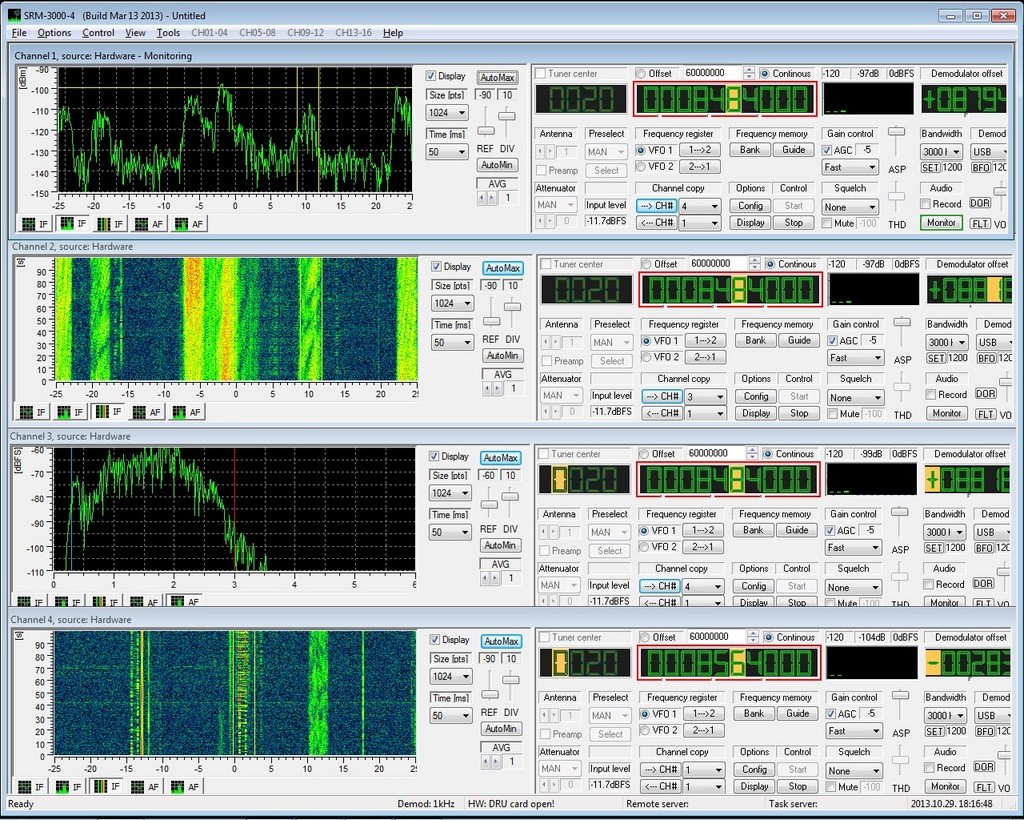
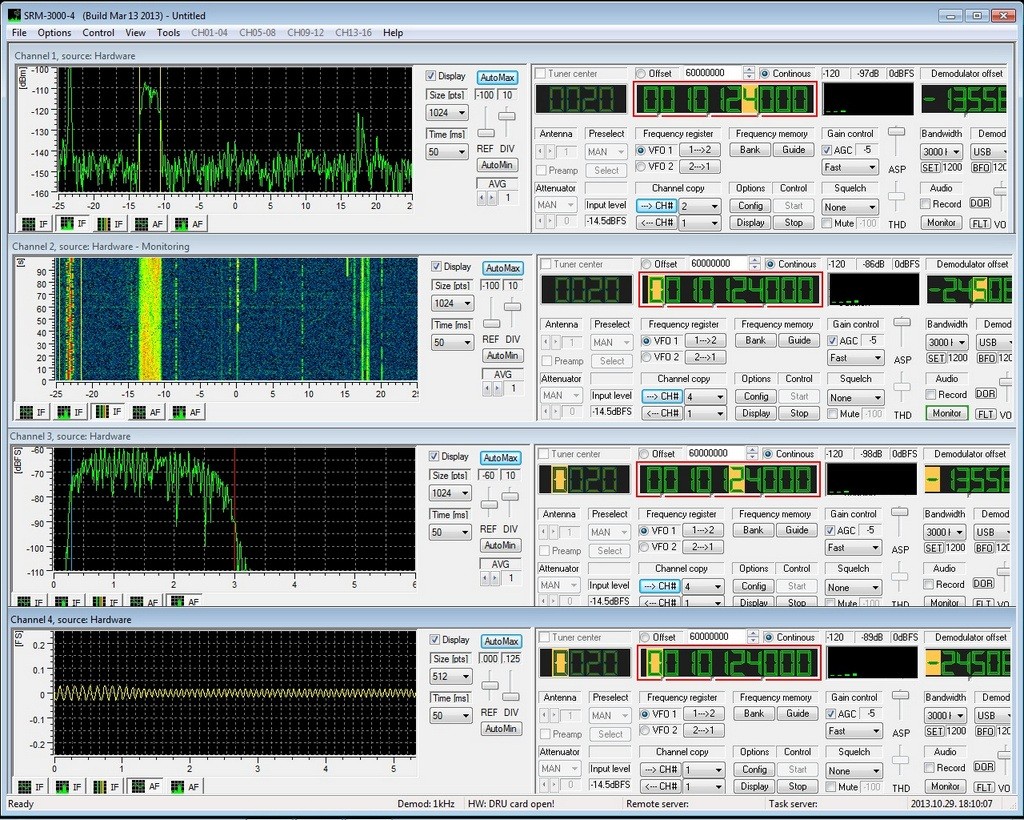
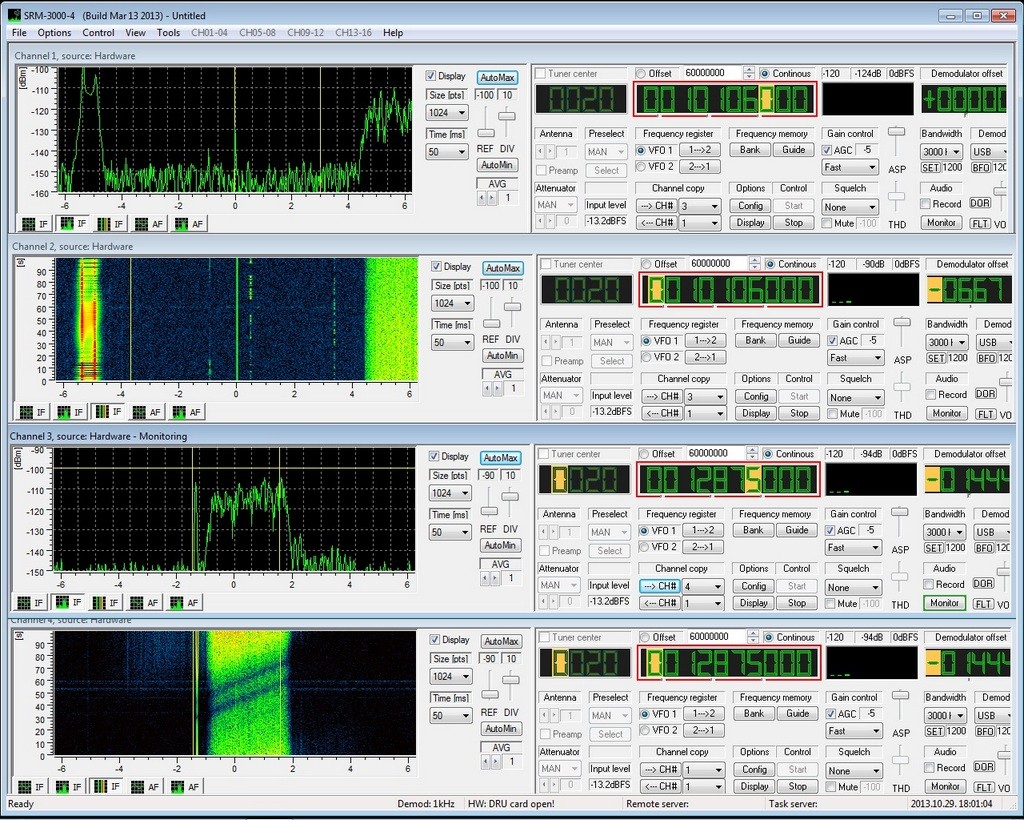
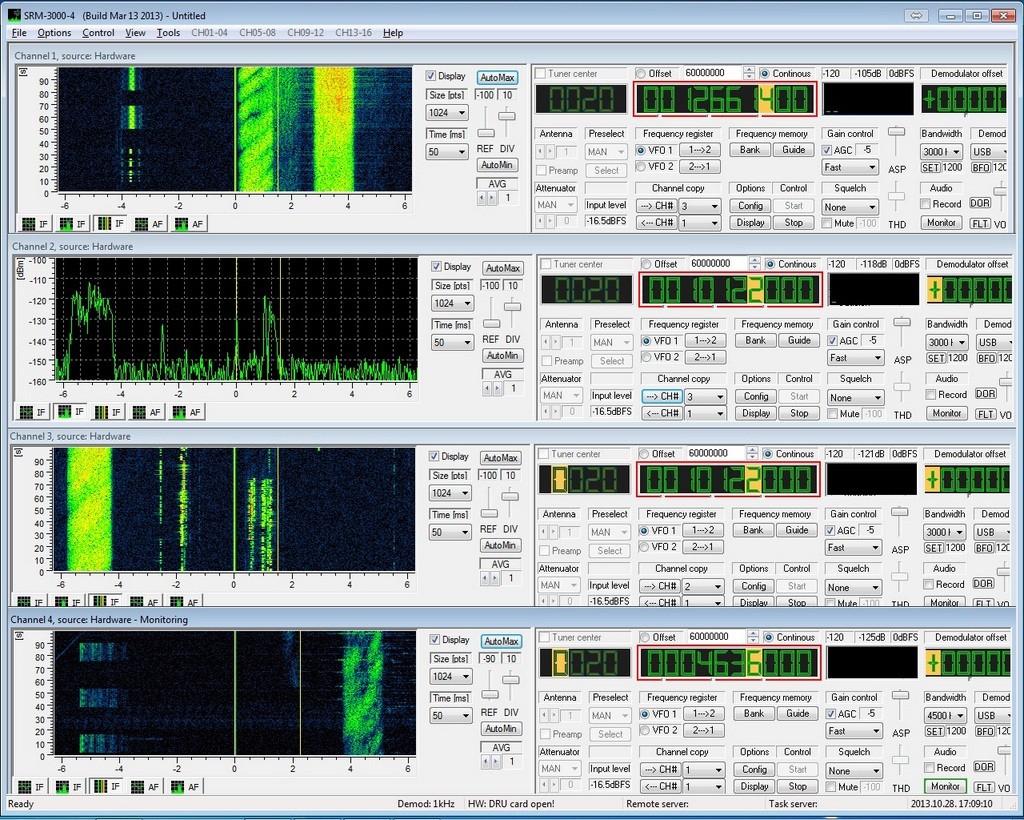
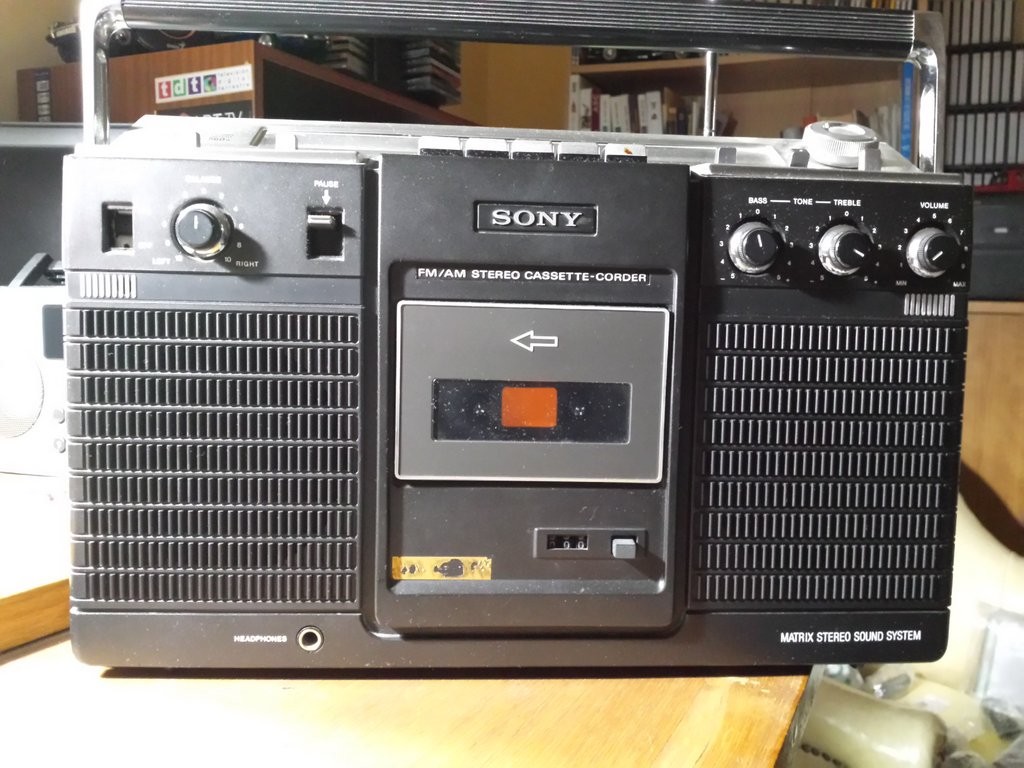 Many thanks to SWLing Post reader, Jesus Leal, for contacting me and sharing photos of his Sony CF-560s shortwave receiver. I have never seen the CF-560s before. I believe the its a relatively rare receiver; indeed, I couldn’t even find one in the completed listings on eBay.
Many thanks to SWLing Post reader, Jesus Leal, for contacting me and sharing photos of his Sony CF-560s shortwave receiver. I have never seen the CF-560s before. I believe the its a relatively rare receiver; indeed, I couldn’t even find one in the completed listings on eBay.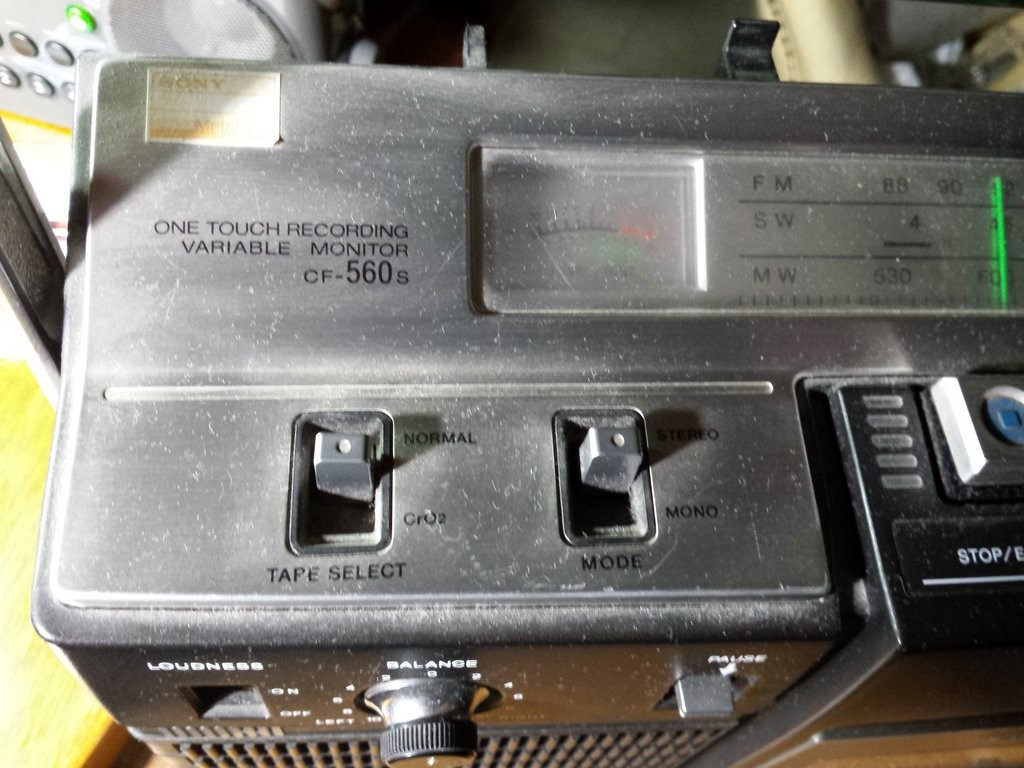
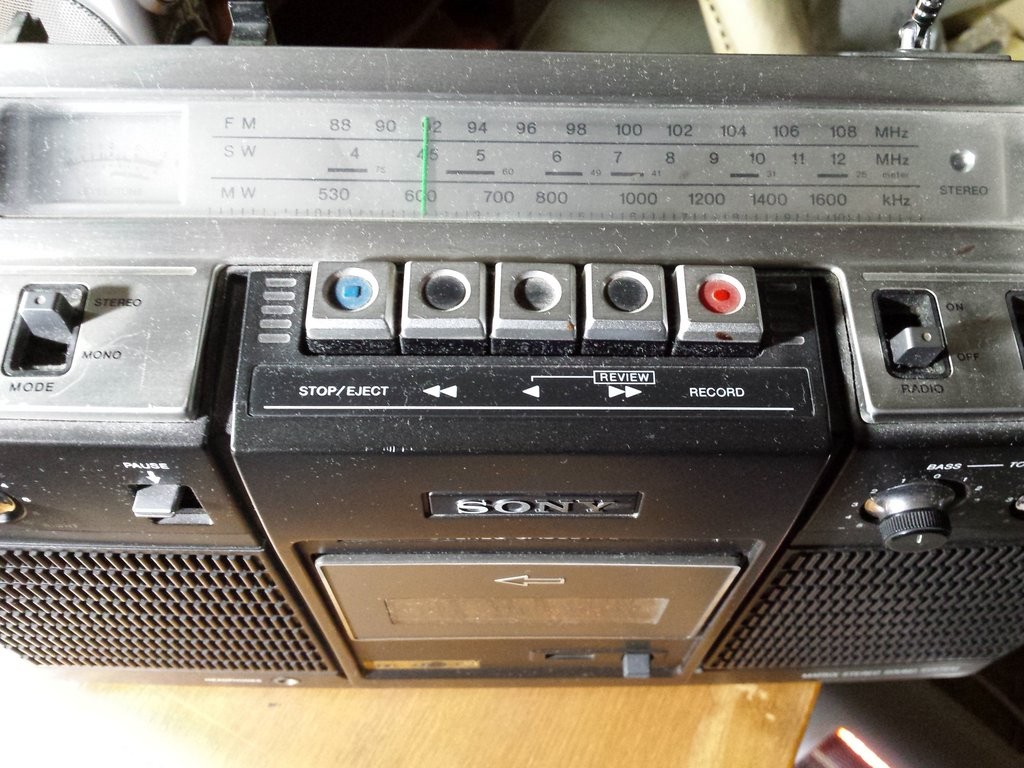
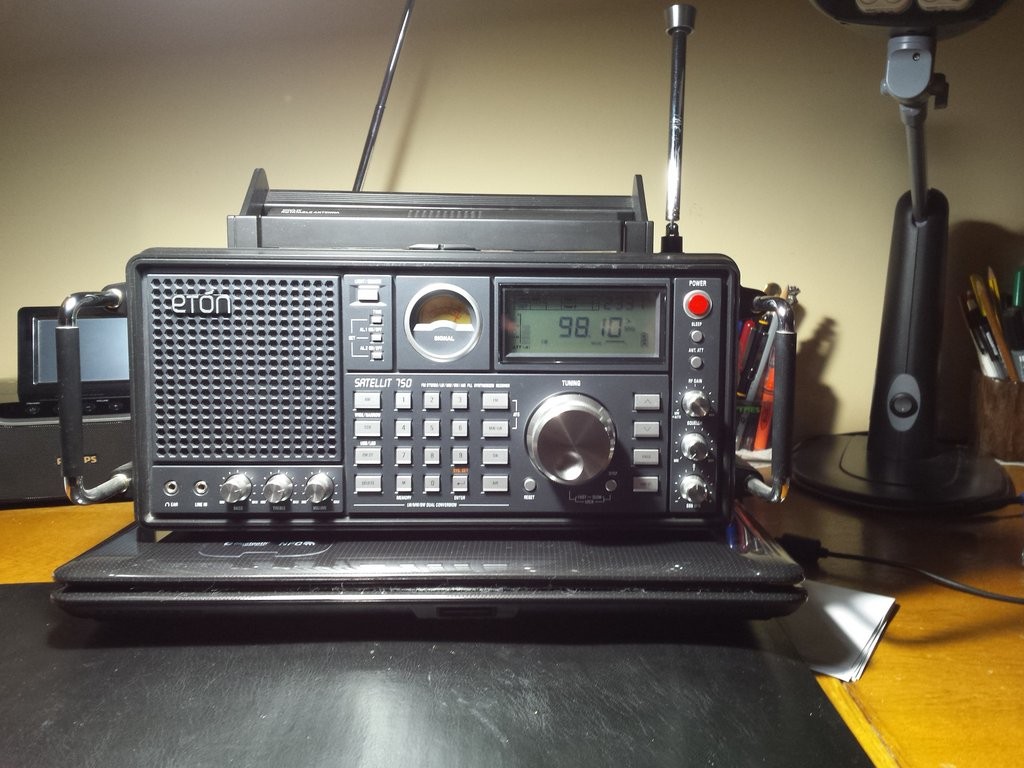 Any other SWLing Post readers have the Sony CF-560s? Looks like a gem of a radio. The design certainly has strong 1980s nostalgic value.
Any other SWLing Post readers have the Sony CF-560s? Looks like a gem of a radio. The design certainly has strong 1980s nostalgic value.







